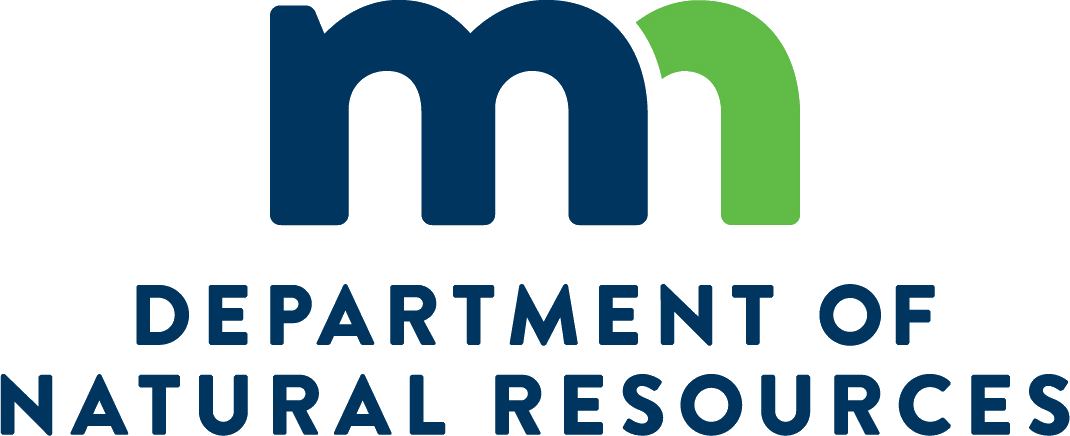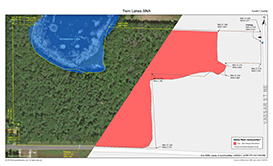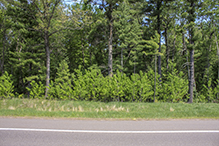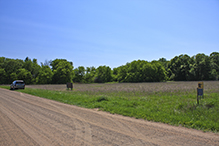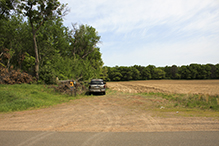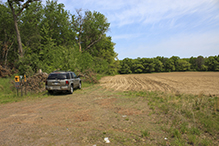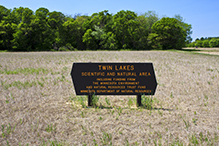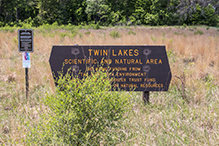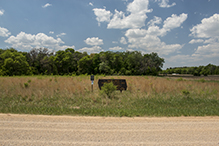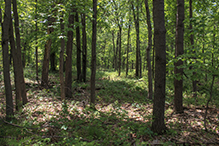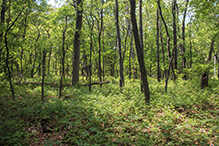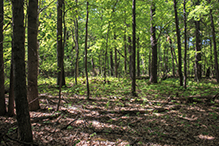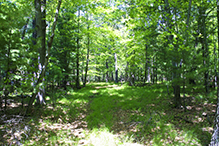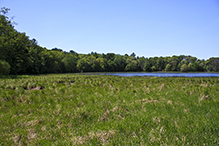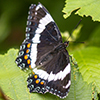Twin Lakes SNA
About • Location • Activities • Ecology
About |
||
Ownership |
||
|
||
Links |
||
Overview |
||
|
||
History |
||
Twin Lakes SNA was designated August 20, 2012. |
||
Management |
||
|
||
Comments |
||
|
||
Driving Directions |
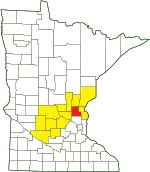 |
|||||
| Isanti County | ||||||
| Central Minnesota | ||||||
Activities |
||
Hiking Trails |
||
There are no maintained trails. There is an old forest road, now barely visible on the ground, that follows at a short distance the south and west shore of Horseshoe Lake. |
||
Hunting |
||
Youth deer hunt only. See Hunting and Trapping Regulations (MN DNR) for details. |
||
Ecology |
|||||||
Ecological Classification |
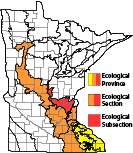 |
||||||
| Ecological Province | Eastern Broadleaf Forest Province |
||||||
| Ecological Section | Minnesota & NE Iowa Morainal |
||||||
| Ecological Subsection | Anoka Sand Plain |
||||||
| Land Type Association | Anoka Lake Plain |
||||||
Native Plant Communities* |
|||||||
Oak - (Red Maple) Woodland |
|||||||
| * Source: The Minnesota Biological Survey, Minnesota Department of Natural Resources, Division of Ecological Resources | |||||||
Natural Features |
|||||||
|
|||||||


Visitor Videos |
|||
Share your video of this destination. |
|||
| This button not working for you? Simply email us at info@MinnesotaSeasons.com. Attach a video, a YouTube link, or a cloud storage link. |
|||
Other Videos |
|||
| Twin Lakes Scientific and Natural Area Virtual Hike Minnesota Department of Natural Resources |
|||
About
Jun 11, 2020 Find the wild places! Image yourself taking a quiet stroll through Twin Lakes SNA in Isanti County. You find yourself surrounded by tall pines and old oaks, birds singing to you as you walk to the edge of Horseshoe Lake and enjoy the view. Though you may not visit this SNA in person, it is rewarding to know that we, as Minnesotans, have together protected this important habitat for the rare and wild in Minnesota. mndnr.gov/snas/sna02052 |
|||


Created: Last Updated: © MinnesotaSeasons.com. All rights reserved. |
